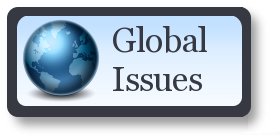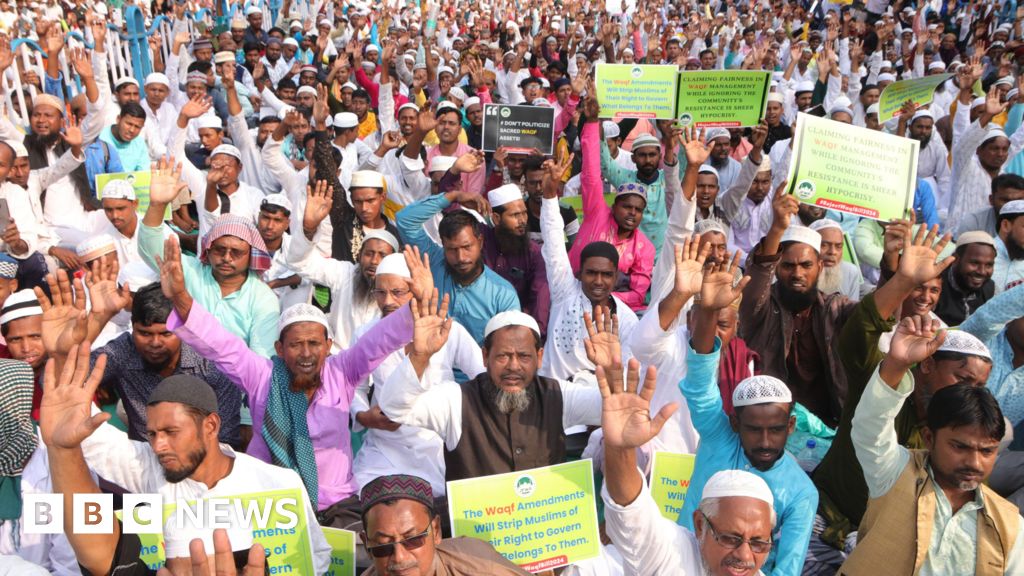 A screenshot of the IQAir airquality index for Thursday, November 28, 2024, showing the top 10 most polluted cities. Credit: IQAir
A screenshot of the IQAir airquality index for Thursday, November 28, 2024, showing the top 10 most polluted cities. Credit: IQAirKARACHI, Nov 28 (IPS) - Atif Manzoor, 45, the owner of the renowned blue pottery business in Multan, had every reason to feel cheerful last week when the sun finally came out. For a good three weeks, the city of Sufi shrines had been shrouded in an envelope of thick smog.
For over three weeks, he said, business had been terrible, with "several orders canceled" and advance payments refunded. He also had to bear the transport costs he had already paid after the government imposed restrictions on heavy traffic and closed the motorways due to poor visibility.
Thick smog had blanketed cities across Punjab province, home to 127 million people, since the last week of October. Multan, with a population of 2.2 million, recorded an air quality index (AQI) above 2,000, surpassing Lahore, the provincial capital, where the AQI exceeded 1,000.
While Lahore's AQI has improved, it still fluctuates between 250 (very unhealthy) and 350 (hazardous) on the Swiss company's scale, keeping it among the top cities in the world with the poorest air quality. As this article went into publication, it was 477, or "very unhealthy."
Terming the AQI levels in Punjab, in particular Lahore and Multan, “unprecedented, Punjab's Environment Secretary, Raja Jahangir Anwar, blamed the “lax construction regulations, poor fuel quality, and allowing old smoke-emitting vehicles plying on the roads, residue burning of rice crops to prepare the fields for wheat sowing” as some of the factors contributing to the smog in winter when the air near the ground becomes colder and drier.
Manzoor was not alone in his predicament. Smog had disrupted everyone’s life in the province, including students, office workers, and those who owned or worked in or owned smoke-emitting businesses like kilns, restaurants, construction, factories, or transport, after authorities put restrictions on them.
Even farmers in rural settings were not spared. Hasan Khan, 60, a farmer from Kasur, said that the lack of sunlight, poor air quality, transport delays preventing laborers from reaching farms, and low visibility were all hindering farm work and stunting crop growth.
“The smog hampered plant growth by blocking sunlight and slowing photosynthesis, and since we do flood irrigation, the fields stay drenched longer, causing crop stress, and the trees began shedding their leaves due to poor air quality,” he said.
 A screenshot of the IQAir airquality index for Thursday, November 28, 2024, showing the top 10 most polluted cities. Credit: IQAir
A screenshot of the IQAir airquality index for Thursday, November 28, 2024, showing the top 10 most polluted cities. Credit: IQAirDivine Intervention or Blueskying
After weeks of relentless smog, residents of Punjab had been calling for artificial rain, similar to what was done last year. This process involves releasing chemicals like silver iodide from airplanes to induce rainfall. However, Anwar explained that artificial rain requires specific weather conditions, including the right humidity levels, cloud formations, and wind patterns. "We only carry out cloud seeding when there is at least a 50 percent chance of precipitation," he said.
On November 15, favorable weather conditions allowed for cloud seeding over several cities and towns in Punjab's Potohar Plateau, leading to natural rainfall in Islamabad and surrounding areas. The forecast also predicted that this would trigger rain in Lahore.
On November 23, Lahore received its first winter rain, which helped clear the thick, toxic smog that had been causing eye irritation and throat discomfort, revealing the sun and a clear blue sky. However, some believe the downpour was the result of the collective rain prayer, Namaz-e-Istisqa, held at mosques across the province, seeking divine intervention.
But cloud seeding has its critics. Dr. Ghulam Rasul, advisor at the China-Pakistan Joint Research Centre and former head of the Pakistan Meteorological Department, cautioned that cloud seeding might reduce smog temporarily, but it was not a sustainable solution. Instead, it could create dry conditions that worsen fog and smog. He also warned that an overdose could trigger hailstorms or heavy rainfall.
Once the smog thinned and the air quality improved, the government eased its restrictions, allowing shops and restaurants (with barbecues if smoke is controlled) to remain open till 8 pm and 10 pm, respectively; schools and colleges have also opened, and the ban placed on construction work, brick kiln operations, and heavy transport vehicles (carrying passengers, fuels, medicines, and foods), including ambulances, rescue, fire brigades, prison, and police vehicles, has also been lifted. In addition, the government has installed 30 air quality monitors around Lahore and other cities of the province.
While the air may have cleared, health issues left in its wake are expected to persist, according to medical practitioners. Over the past 30 days, the official score of people seeking medical treatment for respiratory problems in the smog-affected districts of the province reached over 1.8 million people. In Lahore, the state-owned news agency, the Associated Press of Pakistan, reported 5,000 cases of asthma.
"Frankly, this figure seems rather underreported,” said Dr. Ashraf Nizami, president of the Pakistan Medical Association’s Lahore chapter.
"This is just the beginning,” warned Dr. Salman Kazmi, an internist in Lahore. “Expect more cases of respiratory infections and heart diseases ahead," he said.
UNICEF had also warned that 1.1 million children under five in the province were at risk due to air pollution. "Young children are more vulnerable because of smaller lungs, weaker immunity, and faster breathing,” the agency stated.
 While the government has put several measures in place, a long-term, measurable plan is needed, say experts. Credit: Hasan Khan
While the government has put several measures in place, a long-term, measurable plan is needed, say experts. Credit: Hasan KhanIneffective Band-Aid Solutions
Although the government took several measures to manage the smog, few were impressed. Climate governance expert Imran Khalid, blaming the “environmental misgovernance for degradation of an already poor air quality across Pakistan,” found the anti-smog plan a “hodgepodge of general policy measures” with no long-term measurable plan.
He argued that the plan only targets seasonal smog instead of taking a year-round “regional, collective approach” to fighting air pollution across the entire Indus-Gangetic plains, not just in Lahore or Multan.
“I will take this seriously when I see a complete action plan in one place, preceded by a diagnostic of the causes and followed by a prioritization of actions with a timeline for implementation monitored by a committee with representation of civil society,” said Dr. Anjum Altaf, an educationist specializing in several fields along with environmental sciences. “Till such time, it is just words!” he added.
Khalid said plans and policies can only succeed if they are evidence-based, inclusive, bottom-up, and “and implemented by well-trained authorities, supported by political will and resources, flexible in response to challenges, and focused on the health of the people.”
Others argue that the slow response to the decade-long smog crisis, despite a clear understanding of its causes, reflects a matter of misplaced priorities.
“It’s all about priority,” said Aarish Sardar, a design educator, curator, and writer based in Lahore. “Many years ago, when the government wanted to nip the dengue epidemic, it was able to,” he said.
"Mosquitoes were eliminated once they reached officials' residences,” said farmer Khan, agreeing that when there is political will, remarkable changes can occur.
IPS UN Bureau Report
Follow @IPSNewsUNBureau
Follow IPS News UN Bureau on Instagram
© Inter Press Service (2024) — All Rights ReservedOriginal source: Inter Press Service

 4 hours ago
1
4 hours ago
1










 English (US) ·
English (US) ·